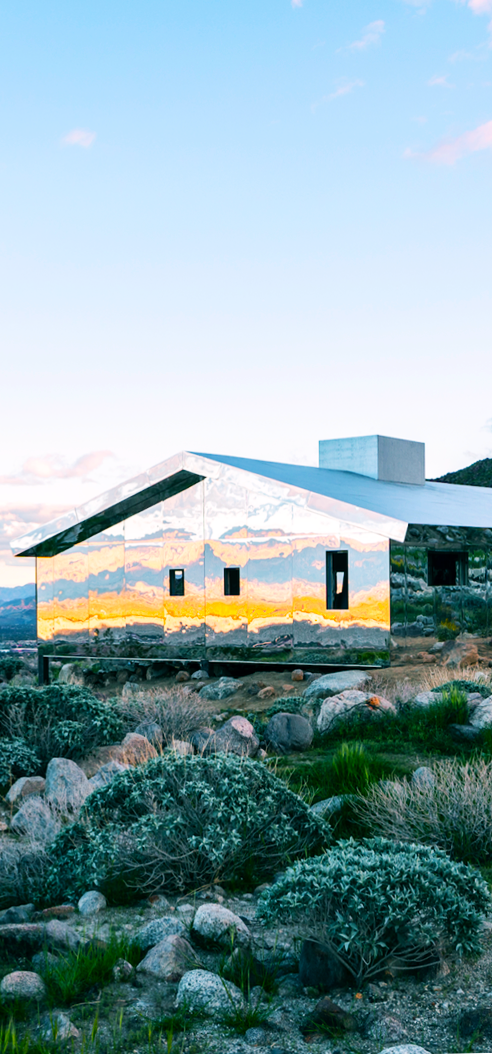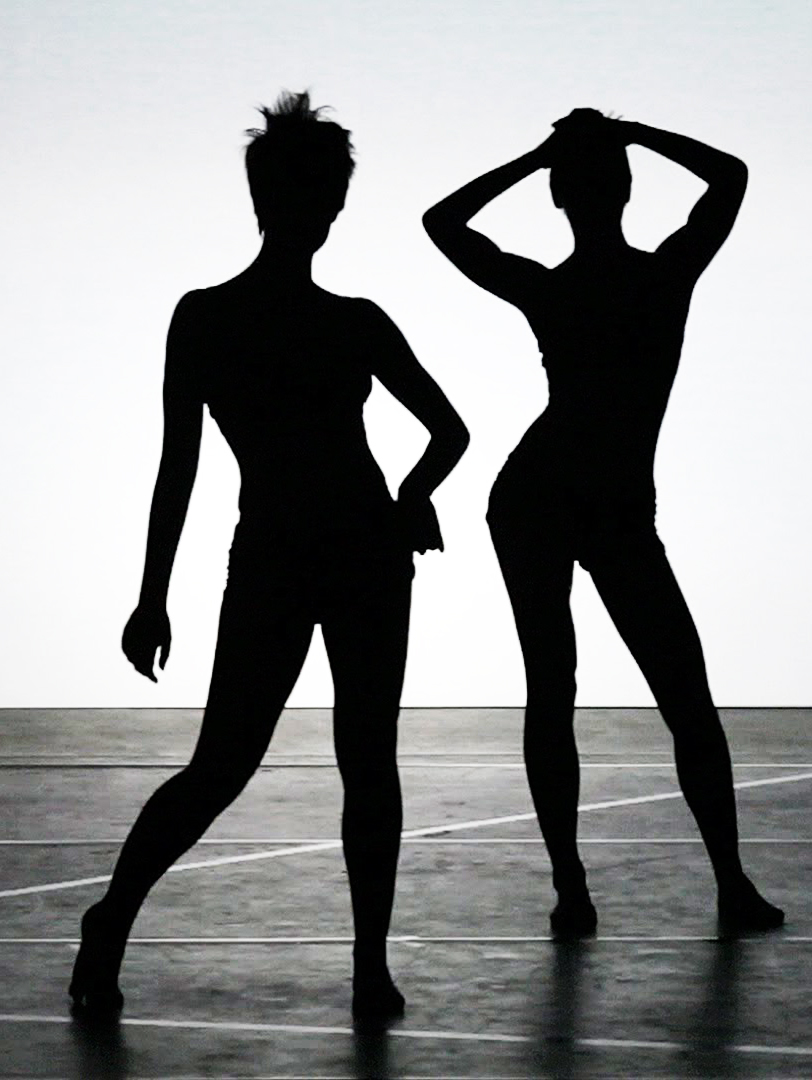克劳斯奥伯迈尔
the concept of … (here and now)
In front of a giant screen, two dancers interact with a cohort of cameras… Their movements are captured by infra-red sensors and projected onto the screen, whereby their bodies become the canvas on which new images take shape. The result is a shifting kaleidoscope of strange, living, quasi-mathematical visual worlds which sometimes seem to be emanating or even escaping from the dancers’ bodies. “Who decides which movement to make: the man or the machine?” Blurring the line between the real and the virtual, Klaus Obermaier loves to subsume his performers’ bodies and physicality in a disconcerting digital universe. With his latest creation, the choreographer/artist has taken a bold new step. He has constructed a system of projectors and infra-red sensor-cameras, trained upon the movements of two dancers. The performers thus find themselves thrown headlong into a living, moving graphical universe: their movements are projected onto the screen, but at the same time their bodies are illuminated by more projected images. This is a true artistic performance, pushing well beyond the frontiers of a standard dance recital, or even a contemporary dance show. A corporeal, temporal performance. A choreography which makes subtle use of its raw materials, deftly combining lights, video, perspectives and the real-time power of bodily movement.









